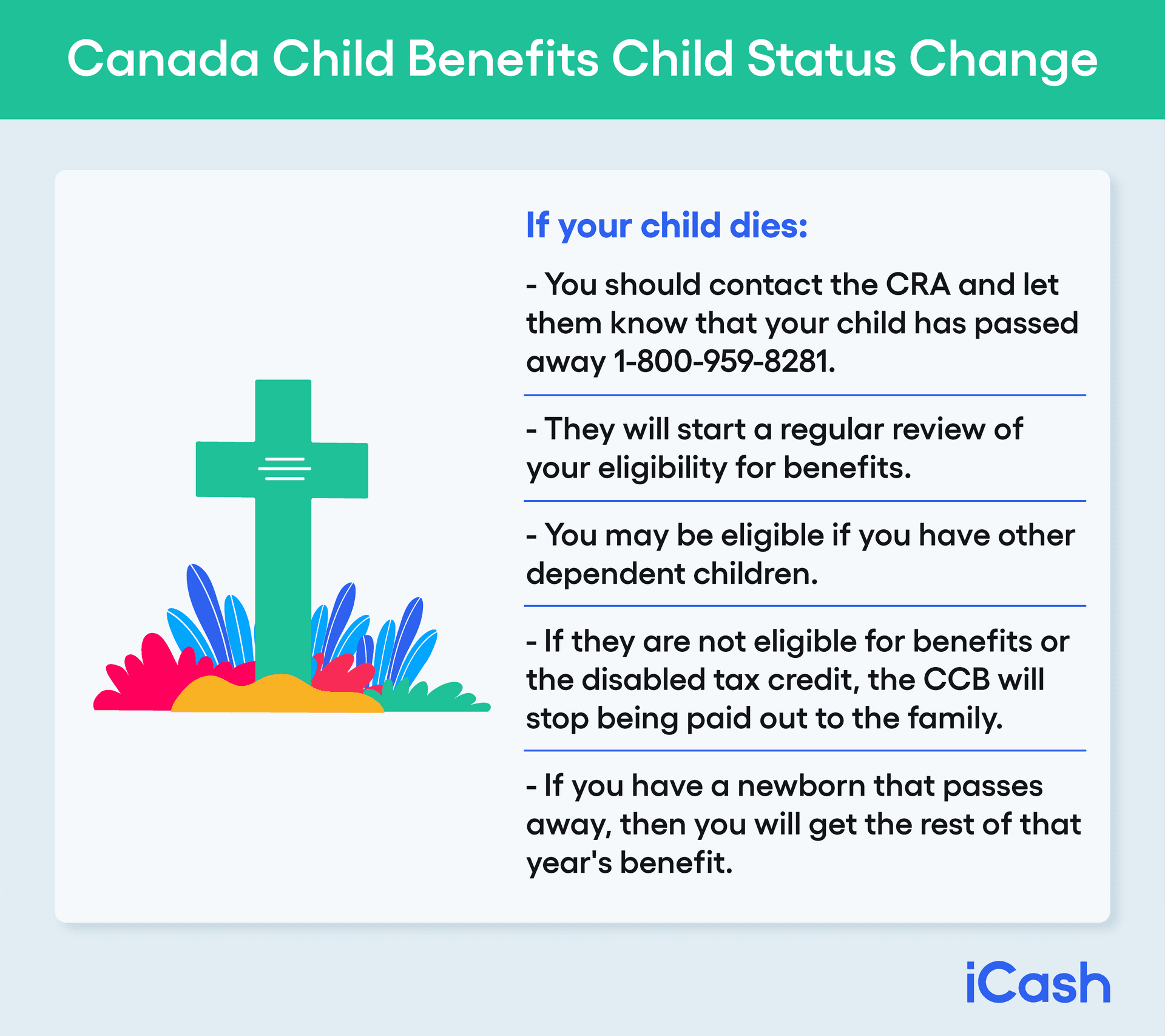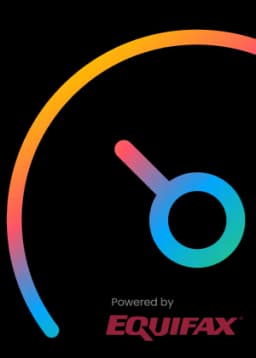Guide to the Canadian Child Benefit Program
In Canada, the Child Benefit federal program provides financial assistance to families with children. The benefit is tax-free and varies depending on the number of children in a family.
Caring for children is expensive, and sometimes covering those unexpected costs that crop up with kids can be tough, especially for single parents or low-income households. Receiving the CCB is a great way to make ends meet, but if you still need instant cash to help you out, know that Canadian online lenders are here to help, too.
This article will discuss what the CCB program covers, how it’s calculated, and who qualifies for this income.
• What is the Canadian Child Benefit (CCB) in Canada?
• Eligibility for the Canada Child Benefit
• How Can You Receive the CCB?
• When Do the CCB Payments Come in?
• What Happens if Your Child's Status Changes?
• Stay Up to Date with CCB Changes and Updates
• Using the CCB to Your Advantage
What is the Canadian Child Benefit (CCB) in Canada?
Formally known as the National Child Benefit Supplement, it was introduced by Jean Chrétien’s Liberal government in 1998 with the stated purpose of combating child poverty. Now called “The Canada Child Benefit,” it was re-launched by the Trudeau Government in 2016 and is expanded to provide more tax-free money to families with children under 18.
The Canada Child Benefit essentially replaces three previous federal benefits programs: Family Allowance; the National Child Benefit Supplement (NCBS); and the Canada Social Transfer for Children. The program currently consists of two components - the base benefit and the National Child Benefit Supplement.
The Canada Child Benefit provides additional financial support to families with children under the age of 18. The program has three key goals: reduce child poverty; help reduce income inequality; and improve living standards for low-income families through tax-free support.
Eligibility for the Canada Child Benefit
To qualify for the Canada Child Benefit, you must be a Canadian resident and have at least one child under the age of 18 living with you.

The Canada Child Benefit will not be provided to families with children who live outside of Canada; or, if a child has a higher-income spouse.
The program does allow for some exceptions, but keep in mind that the Canada Revenue Agency may claw-back any payments made to families with children who live outside of the country.
Lastly, note that if you receive another provincial Child Benefit Supplement payment, then you are automatically eligible for the CCB and vice versa. In other words, there’s no need to apply separately for each program.
How Can You Receive the CCB?
The Canada Child Benefit is distributed electronically to your bank account. If you do not have a bank account, then the government will deposit payments into a recognized financial institution that agrees to act as an agent, such as Tangerine or The Bank of Montreal. You can also have the payment cheque sent to you in the mail.
The money is distributed through the Canada Revenue Agency (CRA) to those who have children under age 18 living with them. In order to be eligible for this benefit, you must file an income tax return and declare the dependent children, and you must file a tax return for the previous year (with some exceptions).
Here is how it works: If your adjusted family income falls below $32,028 you qualify as a single parent or with one partner who has not worked during the tax year. If you meet this requirement, then you can receive the following:
Per child:
• Under 6 years old: $6,833/year ($569.41 monthly)
• 6 to 17 years old: $5,765 per year ($480.41 per month)
Most are unaware that they can also take a cash advance on child tax credit. Canadian Child Benefits are guaranteed and consistent for an entire year, and they can be considered an income source because of this.
What Happens if Your Child's Status Changes?
If your child starts school, turns 18, or dies while enrolled in the CCB program, you will need to know the following:
If your child starts school:
If your child starts school, the Canada Child Benefit will change. You can continue the benefit while they are in school by talking to an agent at the Canada Revenue Agency or through their website. You need to complete a new application and have the school authority complete the Child Enrolment section.

If your child turns 18:
At 18, they will be put on your tax return as an adult, and you will need to continue reporting their income in box 214 of your tax return. The CCB payments are based on family net income minus any support payments that are made.

As your child gets older, it’s important to sit down and discuss family budgeting plans and strategies to keep you all financially healthy throughout the year, too.
If your child dies:
It is unfortunate when this happens, but if it does it means that the Canada Child Benefit will stop being paid out to you. You should contact the CRA and let them know that your child has passed away - 1-800-959-8281.

They will start a regular review of your eligibility for benefits. At this point, you may be eligible if you have other dependent children. If they are not eligible for benefits or the disabled tax credit, the Canada Child Benefit will stop being paid out to the family.
If you have a newborn that passes away, then you will get the rest of that year's benefit.
If your child comes into care:
If a youth goes into foster care, kinship or legal guardian during the year and is living with you, then they are eligible for the Canada Child Benefit.

The CRA will also give you information on how to apply for child benefits if your child is under 18 years of age and taken into care or living with an approved caregiver. If your child is taken into care, you will also be able to claim the disability tax credit.
Stay Up to Date with CCB Changes and Updates
Stay up to date by checking the CRA website. It's worth logging on from time to time online. In order to continue receiving payments, you need to make sure that the payments are going into a RDSP or an RESP.
Don’t forget, the amount of child benefits paid can be used to meet income requirements when parents apply for short term loans in Canada that allow qualification based on annual income.
Using the CCB to Your Advantage
The Canadian Child Benefit program is designed to help lower income families and single parents cover those sometimes tough-to-cover monthly expenses. The government created the program to ensure all children can live and eat well, even if their parents are struggling financially.
On top of the CCB, there is immediate cash available for you as well through e-Transfer payday loans available 24/7. With an easy application process and loans of up to $1,500 available even with a bad credit score, this is an excellent option for money when you need it quickly.
About the author




